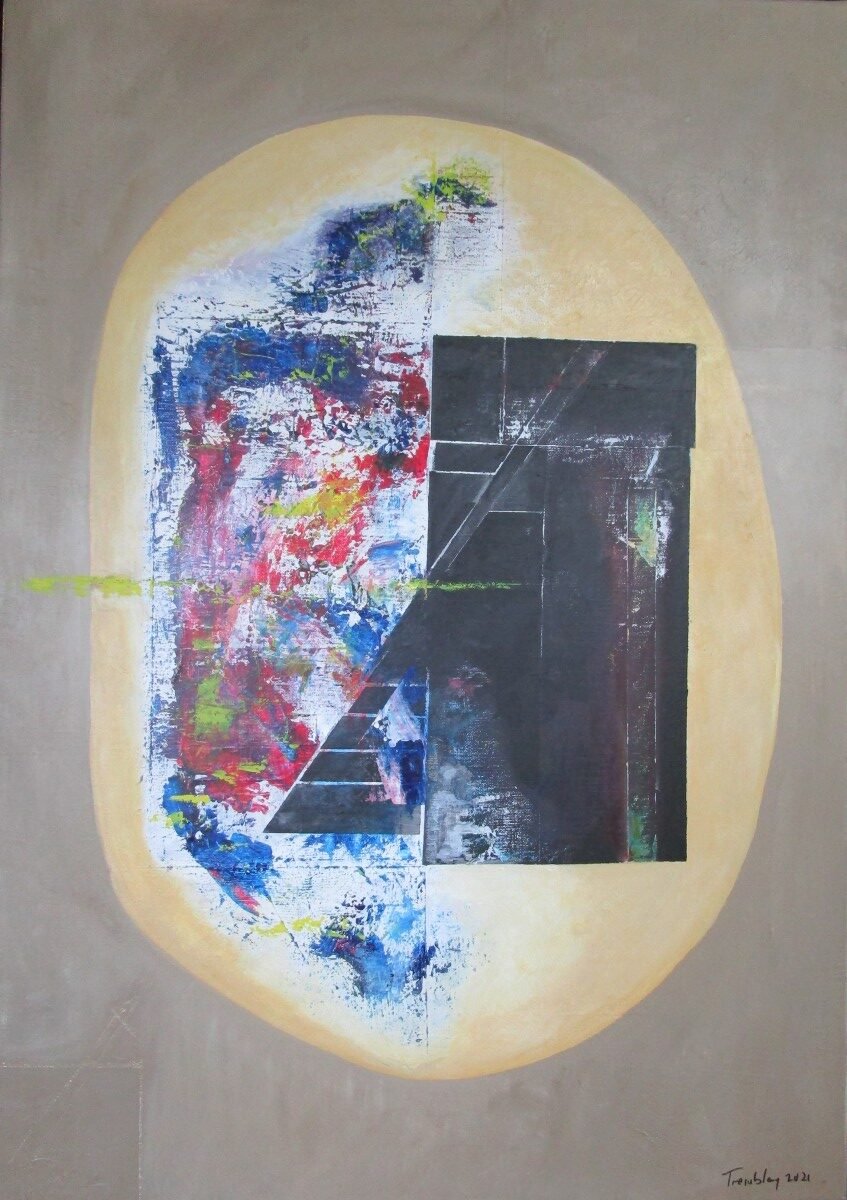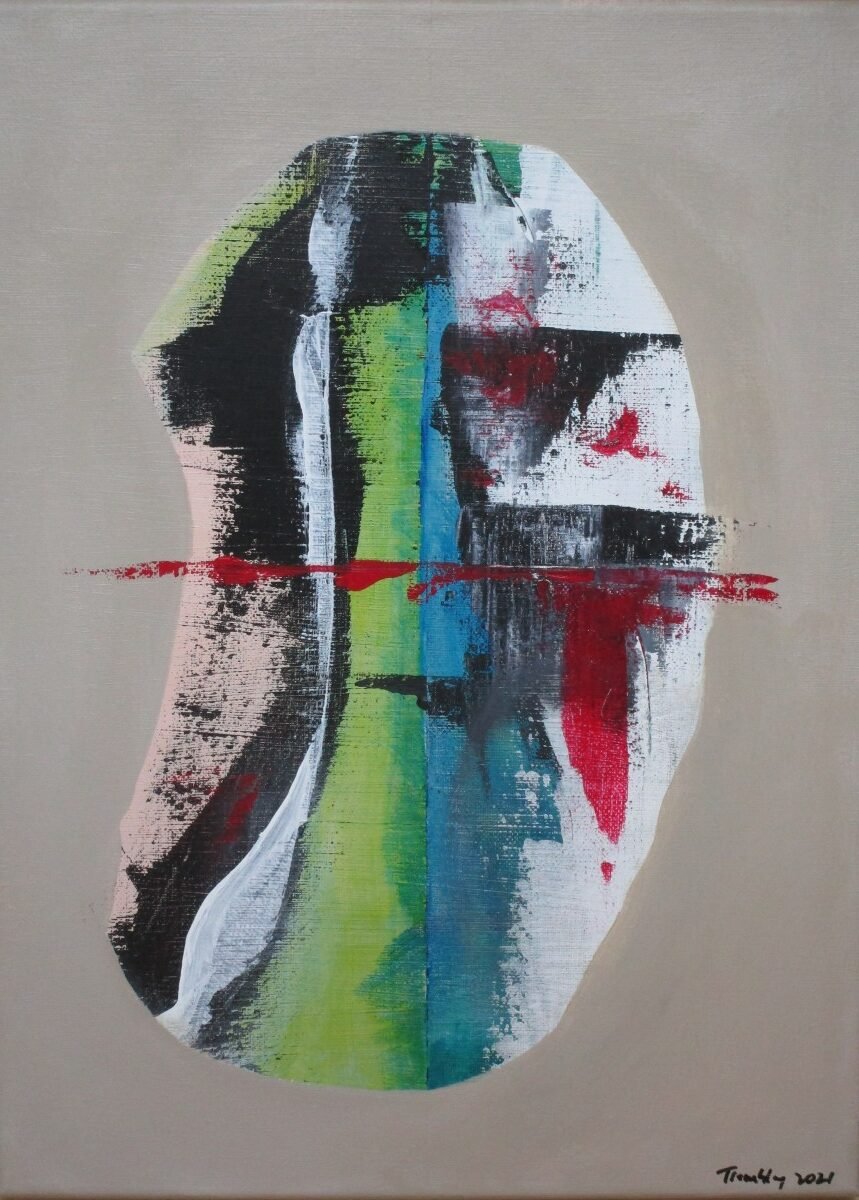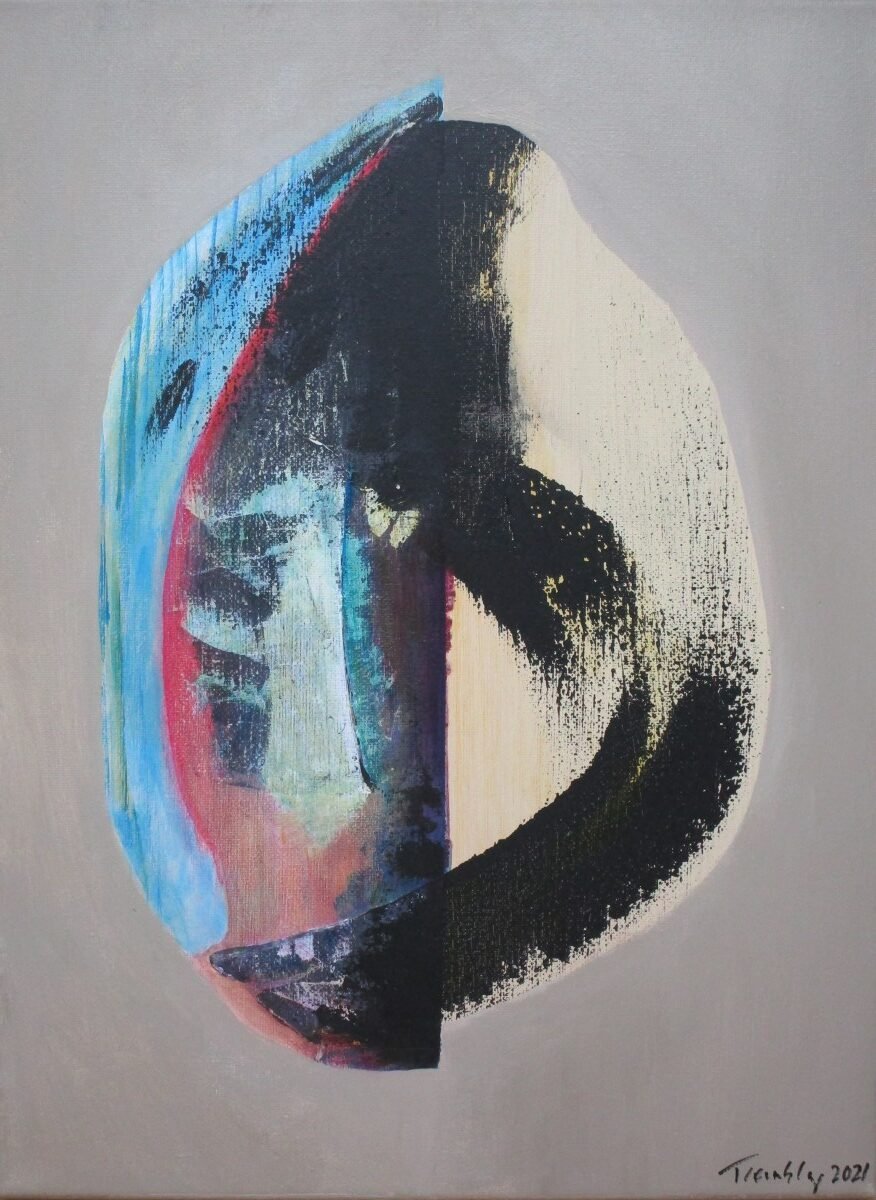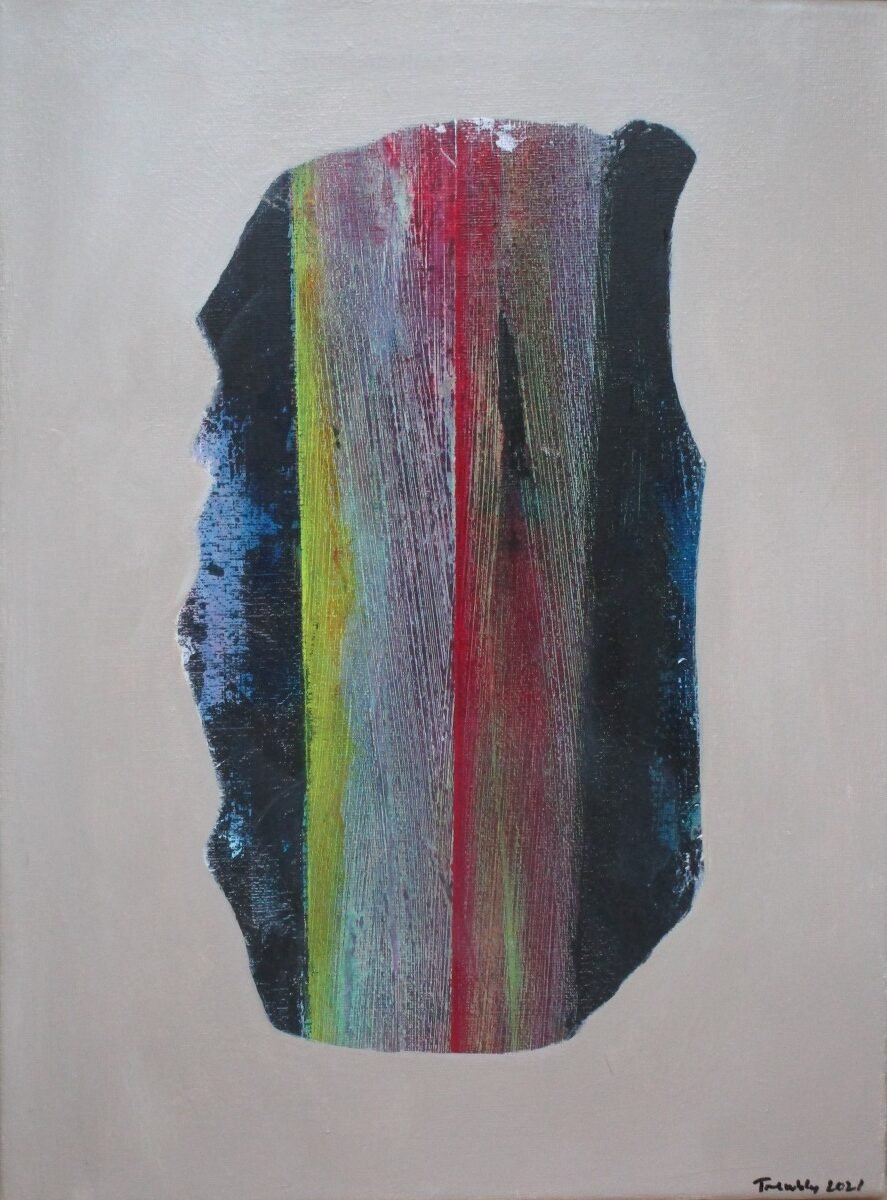Are paintings alive?
Mitchell in his What Do Pictures Want observes that paintings force a shift in our relationship to the art. Indeed, the painting may embody the female gaze. Or the ‘feeling painting’.
Isabelle Graw speaks of paintings as ‘quasi-persons‘, that they may actually be projecting an active presence.
Paintings announce their presence and speak. Hanging such a painting in your house is like a new person joining the household. What if it hangs in the bedroom — does it become part of that intimacy?







There is an area of academic thought, called “sociology of art”, which in some way is an epistemological ‘game’ to be played, a bit like the Frankfurt School and critical theory (remember ‘altermodernism’). IF we really want to grasp a different way to this thinking, a painting, once painted becomes a public object. The artist is merely the author as such and their sociological associations are more about the sociology of artists, than art. But if we look at the art work itself, and how it sits within communities of other art works, do we not have to think of art in some sociological sense?
Cubism was a way of visualising relativity theory as we do not have, as humans, direct access to the physics of the work this theory describes, yet we are in and of that theory, it determines the stuff we are made of. So there is the physicists’ view of the world (their ontology and cosmology) and the world we live in — quite different.
Perhaps art is like the physicists’ world, described in ways that do not share in the ordinary, real work, of humans as they interact with the art.
Art has its own ontology and its own cosmology. Perhaps it also has its own sociology?
And what do we call a group of paintings, a crowd? a gallery? a what??